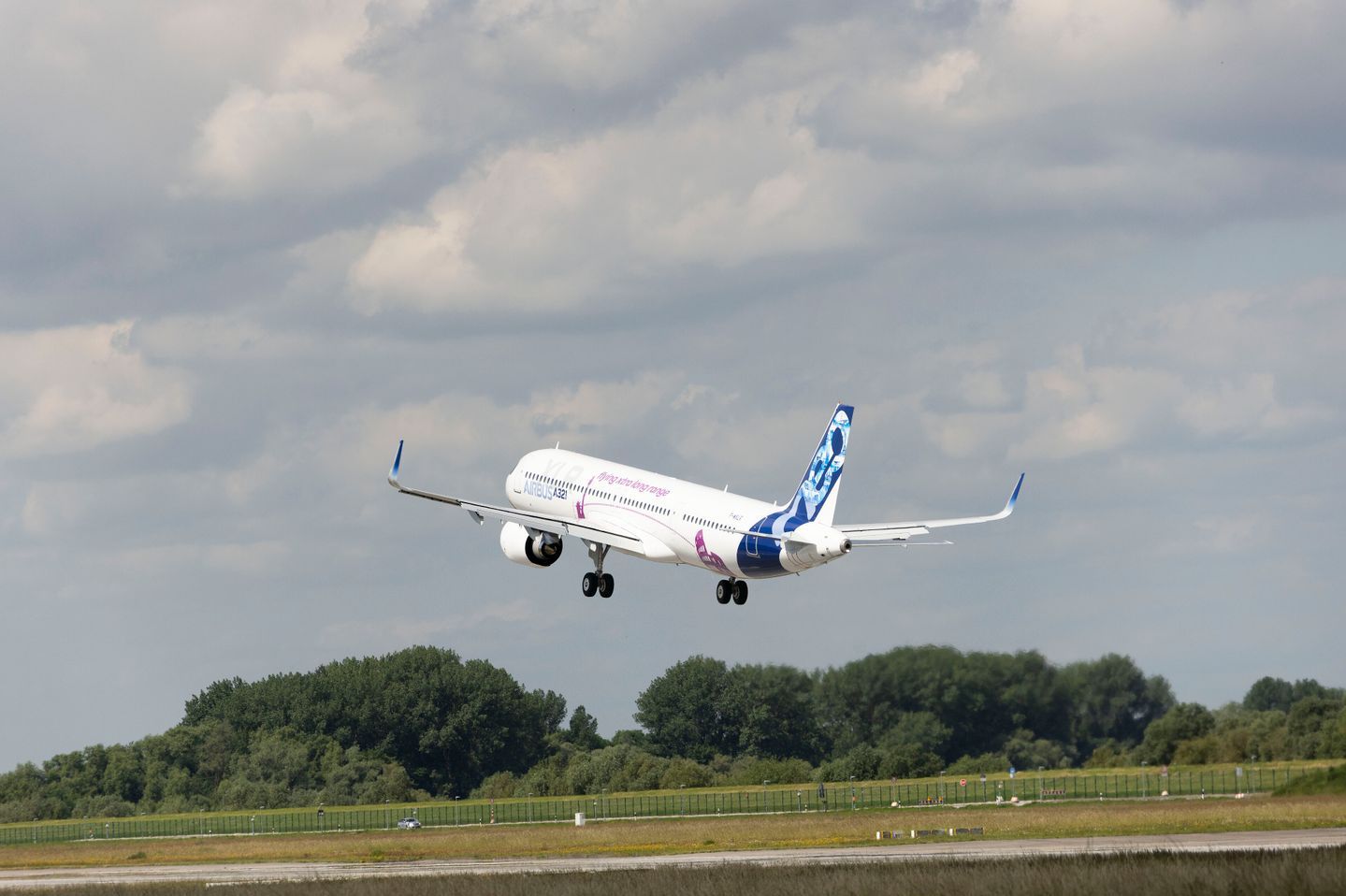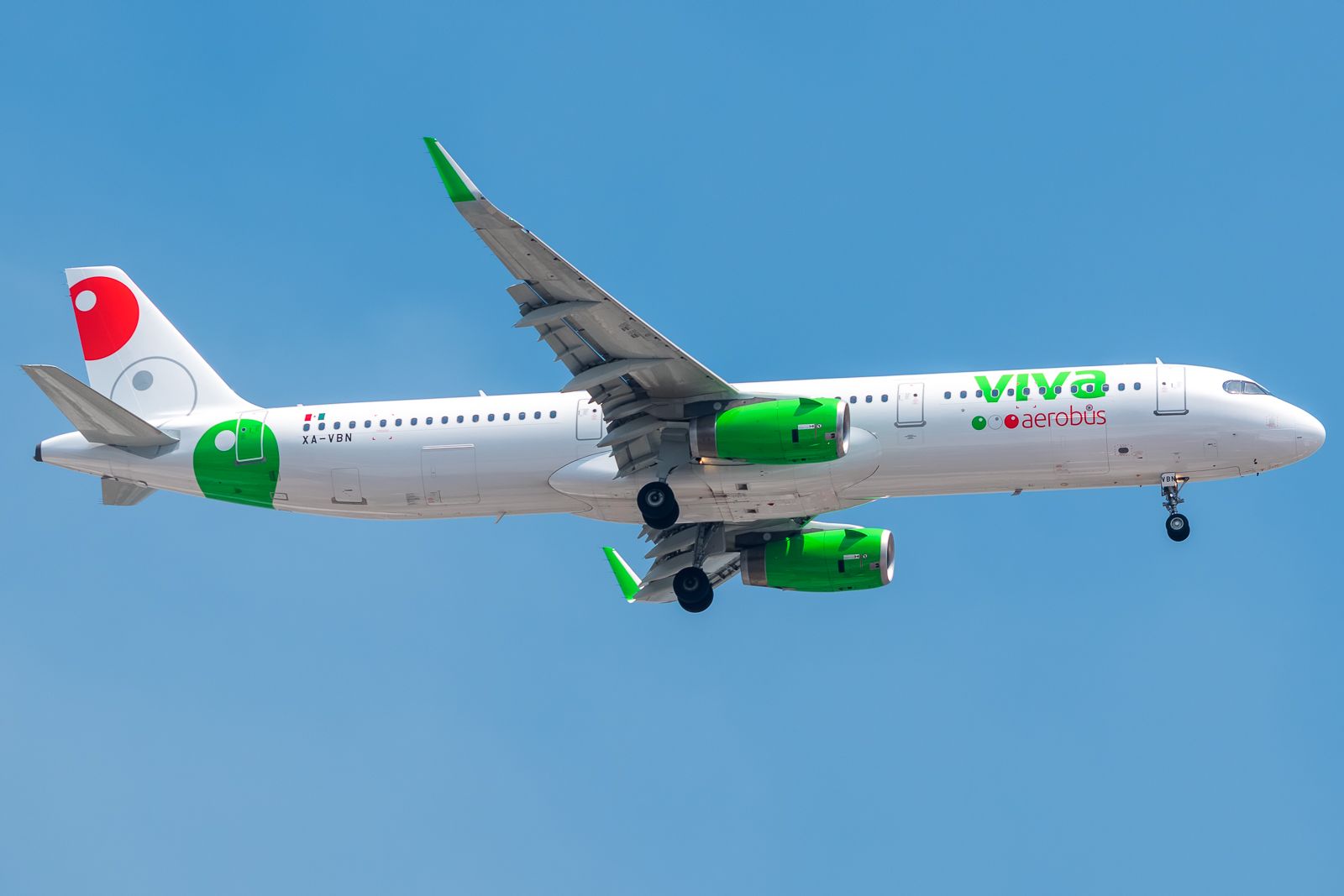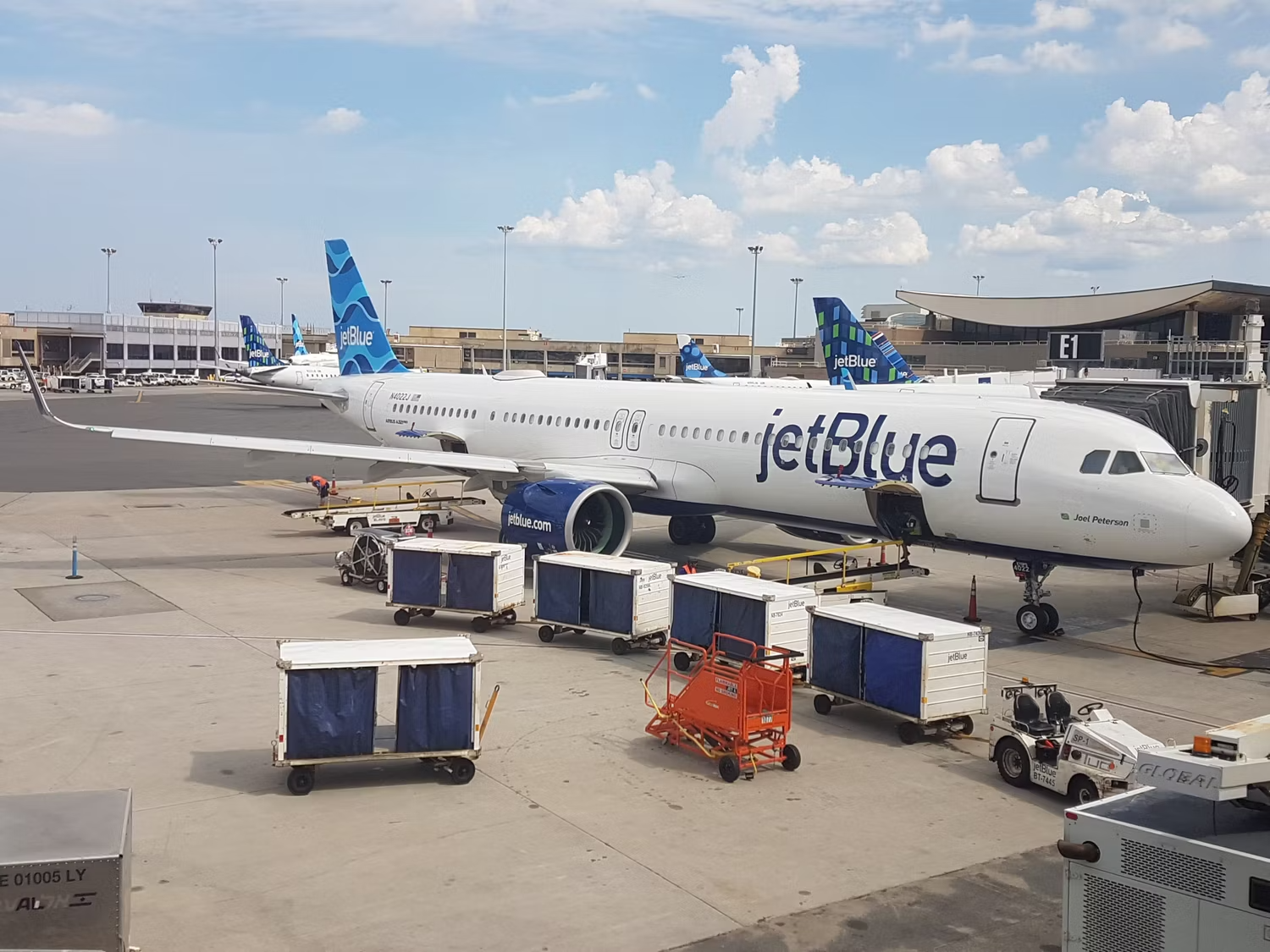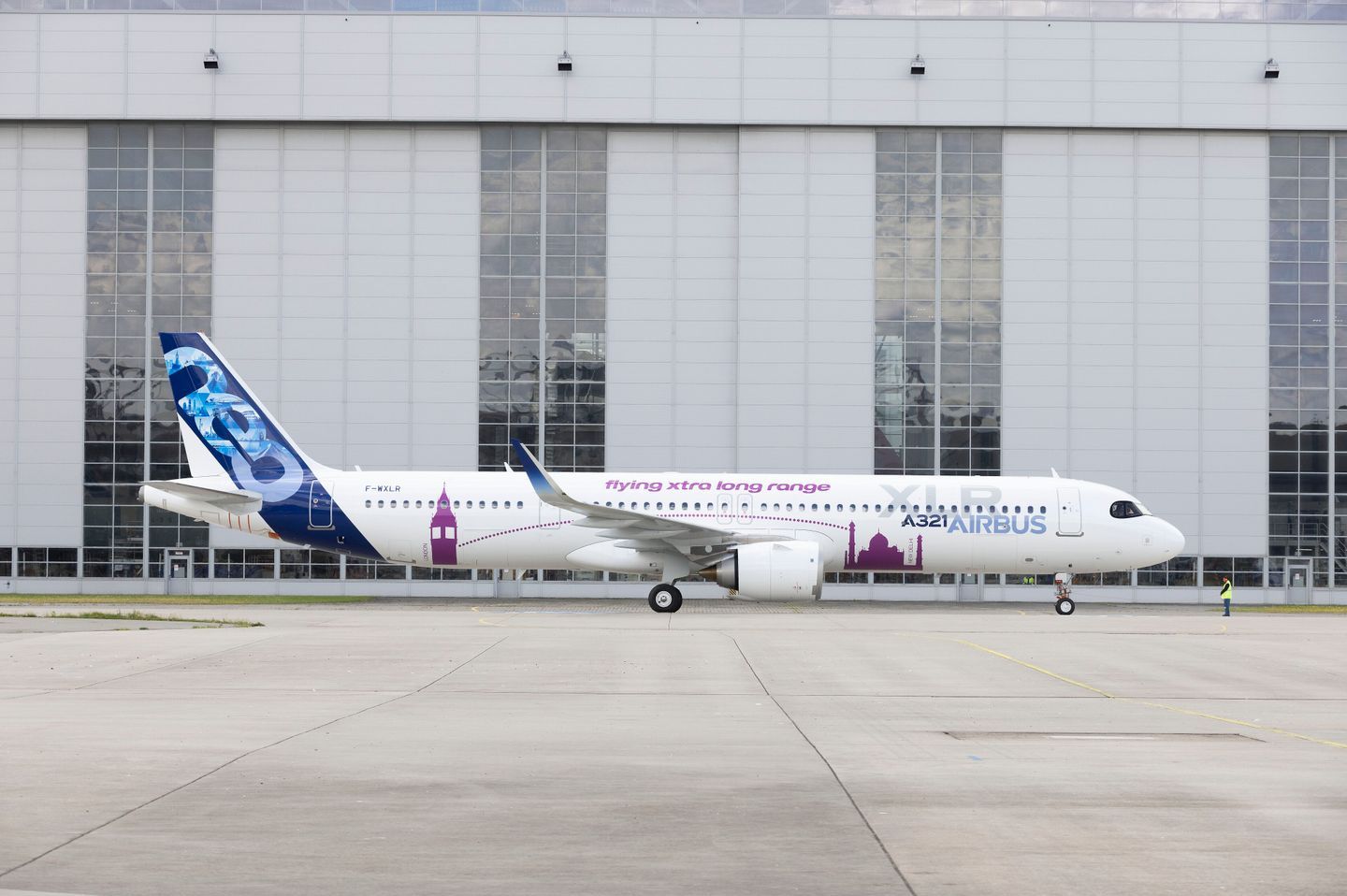The Airbus A321neo family has quickly become one of the favorite narrowbodies for airlines globally, offering unparalleled range and capacity. Let's take a look at Airbus' three offerings, the A321neo, the A321LR (Long Range), and the upcoming A321XLR (eXtra Long Range).
A look back at the A321
The A321 began as a stretched version of the popular A320, allowing airlines to add as many as 40 seats to the narrowbody for dense routes. This wasn't too hard for Airbus, who stretched out the fuselage and compromised on range to deliver airline requirements. The A321-100 first flew for Lufthansa in 1994 but ended its production run with just 90 planes. But the idea wasn't done yet.
In 1996, Airbus created the A321-200, which included extra fuel tanks and new engines to boost the plane's range to the same level as the A320. This was a tactical choice that allowed for longer flights and a potential alternative to the 757-200 and 737 family.
Airbus included the A321 in its 'neo' (new engine option) upgrade package. The gains were massive, with the new power units slashing fuel burn by 15% and adding 500 nautical miles (926 kilometers) in range for the A321neo. This was combined with an extension of the rear-fuel-tank idea, with the European planemaker adding new tanks across the fuselage to increase range.
The A321LR and A321XLR are both extensions of the same principle, with the former adding three auxiliary fuel tanks and the latter a unique rear center tank for record-beating range on a narrowbody. Notably, the A321neo and A321LR only differ in terms of the number of fuel tanks airlines choose to install, while the A321XLR will house a permanent new unit.
How does it compare to other variants?
But, on paper, how do these different aircraft stack up against each other? Is it a constant improvement, or do these aircraft need to make compromises to continue their relentless range extensions?
Let's put them side by side.
- A321neo - 240 passengers in an all-economy configuration up to a range of 4,000 nautical miles.
- A321LR - 220 passengers in an all-economy configuration to a range of 4,000 nautical miles, although some variants or passenger configurations can extend that range up to around 4,500 nautical miles. The plane offers a higher ramp and takeoff weight for long-haul missions.
- A321XLR - 244 passengers in an all-economy configuration to a range of 4,700 nautical miles. This is achieved with a permanent rear-center cargo fuel tank, which will hold around 12,900 liters (3,400 US gal) of fuel. The additional fuel tank of the A321LR can also be fitted to improve the aircraft's performance. The main landing gear has also been strengthened to better help the aircraft take off and land with this extra weight.
While the A321neo and A321LR differ in their carrying capacities, Airbus has once more invested heavily in the A321XLR's design to ensure it can balance capacity and range. This explains why airlines are so excited about this jet, as it opens the door to an array of medium- and long-haul routes that were impossible with widebodies.
Get the latest aviation news straight to your inbox: Sign up for our newsletters today.
Who has 'ordered' the A321XLR?
Since its debut at the Paris Air Show in 2019, the A321XLR has been the most-talked-about narrowbody on the market. American Airlines is currently the largest customer, with 50 orders on the books, tied with United Airlines. Closely following is Qantas, with 36 planes on order. Big names like IndiGo (the largest A320neo customer), AirAsia X, and lessor such as AerCap have all confirmed orders as well.
The plane made its first flight in June 2022, putting it near track for a late 2024/2025 debut on the market. For now, all eyes remain on this 'gamechanging' aircraft and if it can live up to the hype. In Latin America, three Chilean carriers have ordered the type, JetSMART, Sky Airline, and LATAM Airlines Group. With the A321XLR, the carriers could be able to operate non-stop narrowbody flights between cities such as Santiago and Miami.
On June 15, 2022, the first A321XLR successfully accomplished its very first flight. The aircraft is now on its flight test campaign and it could secure Type Certification in 2023 and entry into service in 2024.
What do you think? Let us know in the comments below.





